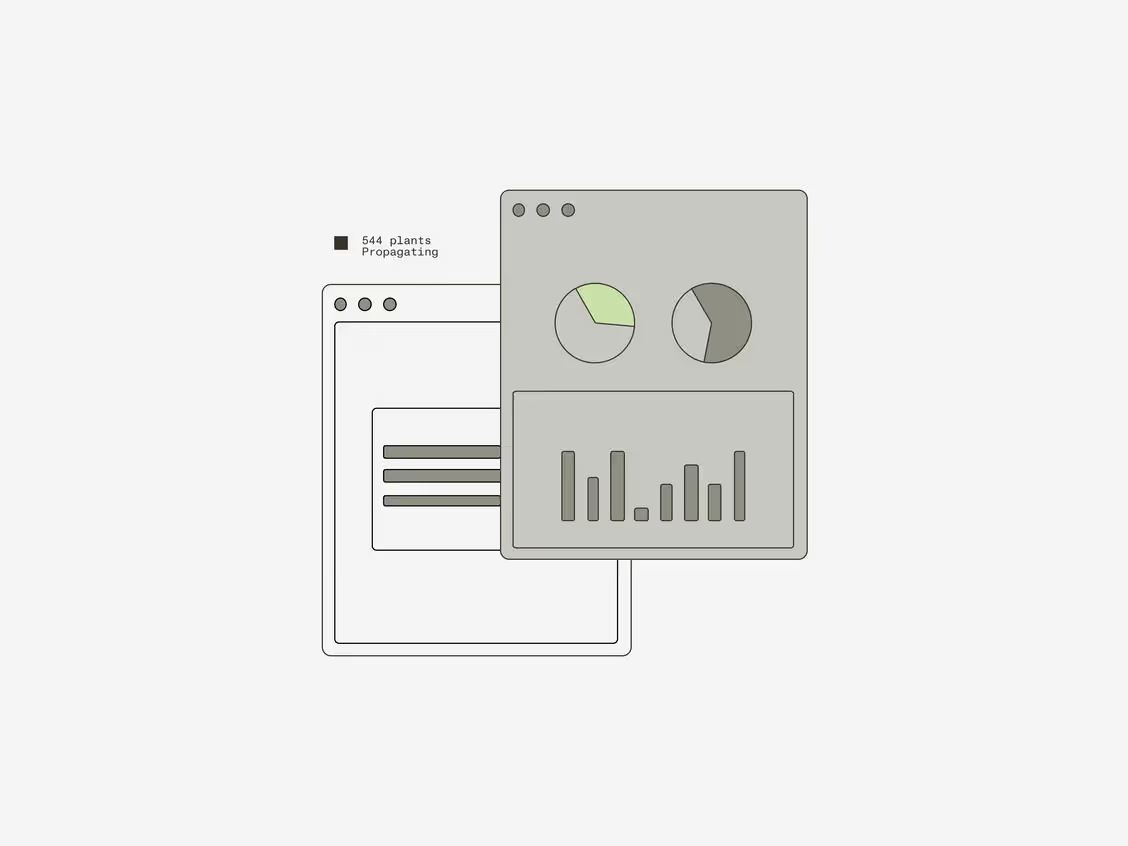Education Guide
Maintaining healthy indoor cannabis plants

With so much conversation focused on yield, potency, and other key performance indicators, it’s easy to lose sight of the fact that every grower’s goal should be to make the plants as happy as possible.
Unless they’re able to establish a framework that gives the plants the best possible shot of growing to their fullest potential, finding success will be much more difficult.
In this article, we’ll explore why the best way to grow indoor weed really comes down to one thing: maintaining healthy indoor cannabis plants.
Optimal climate conditions for healthy plants
It may seem counterintuitive, but one of the first things to consider before outfitting a facility with new equipment is the outdoor conditions. An operation located along the Northern California coast will have very different heating and cooling needs than a facility in Las Vegas. Outdoor temperature and humidity impact indoor conditions, and must factor into the decisions operators make well before the first clone can be rooted in.
Air must be optimal to support transpiration rates, and because different growth phases have varying temperature and humidity needs, cultivators must be prepared to make adjustments in real time. In earlier growth phases, for example, the plants may benefit from the cultivator adding humidity to the room. But as more biomass gets produced throughout later growth phases, the cultivator will need to remove humidity. Focusing on vapor pressure deficit (VPD) is a more reliable way to maintain environmental control than focusing on relative humidity. This awareness can help lead growers toward finding the right equipment – fans, dehumidifiers, air conditioners, and more – to maintain proper airflow and humidity.
Lighting is another key component. Supporting plants’ ability to photosynthesize means replicating the sun indoors. While matching the sun’s output of 1200-2000 micromoles per day may be out of reach, keeping lighting conditions around 900-1300 can do wonders for managing electricity costs and optimizing for quality.
But intensity is just one factor; growers should also consider how the lighting spectrum impacts each phase of plant growth, and whether LED or HPS lights work best for their plants and their setup.
CO2 availability also has a direct impact on overall plant health and growth performance. Outdoor gardens benefit from the CO2 generated by humans, animals, and industrialization in ways that indoor setups can’t. As a result, growers may need to supplement rooms with CO2 throughout the plants’ life cycle.
Then once these parameters are set up to create the best possible environment for the plants, an effective irrigation system will help tie it all together.
Maintaining balance in the root zone
Plants need more than a healthy climate to thrive – growers must establish ideal conditions in the root zone, too. This starts with choosing grow medium – soil, soilless/hydroponic, or aeroponic.
Soil is an organic medium packed with living organisms that break down nutrients for plants to process. This nutrient availability supports healthy growth in ways that growers can’t control – from the amount of resources available to those organisms, to whether the organisms are alive and actively processing, to the timeline of when they release the plant-soluble nutrients. Outdoor plants in soil naturally adapt to these and other changes in their own time. Soil is such a complex medium that without an understanding of soil biology, cultivators can struggle to achieve profitable harvests. The lack of control is why soil is typically not the first choice for indoor commercial cultivators.
Soilless hydroponic media like Rockwool and coco are commonly used in indoor cultivations and are known to require fairly consistent irrigation, usually via flood and drain systems or drip stakes. There’s a lot of variety between different substrates, but the main appeal is the ability to control root zone conditions. Which soilless medium depends upon their ability to take in nutrients and oxygen, overall quality and cost, and environmental impact.
With aeroponics, there’s hardly any medium at all, which means there’s zero buffering capacity in the event of water or power loss. Changes to nutrient composition can impact crops instantly in aeroponic setups and cause severe plant health issues within hours. The unforgiving, inflexible nature of aeroponics is why they are least commonly seen in commercial indoor cultivation.
After selecting a substrate, growers must choose a fertilizer. Fertilizer options have expanded in recent decades to include formulations developed for cannabis’ unique needs. Mixed nutrients can be a great option for small-scale operations, while larger operations might opt for two-part salts which can be diluted and used in fertigation. Nutrients can be expensive and require consideration of water usage and waste management, but making the right nutrient decisions for the plants is well worth it.
Key takeaways
- Outdoor temperatures and humidity must factor into a grower’s decisions when working toward creating the optimal indoor environment for their plants.
- Each growth phase has its own temperature and humidity needs, which cultivators must be prepared to address in real-time.
- Understanding intensity and the lighting spectrum can go a long way toward helping growers choose the best lighting for their plants.
- Creating the best root zone environment starts with choosing the best grow medium type: soil, soilless/hydroponic, or aeroponic.
- Tying ideal environment and root zone conditions together with intentional irrigation and nutrient programs will go a long way to set plants and growers up for success.
